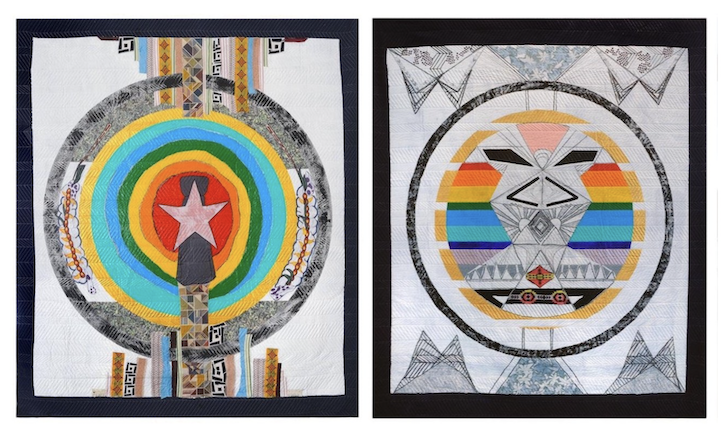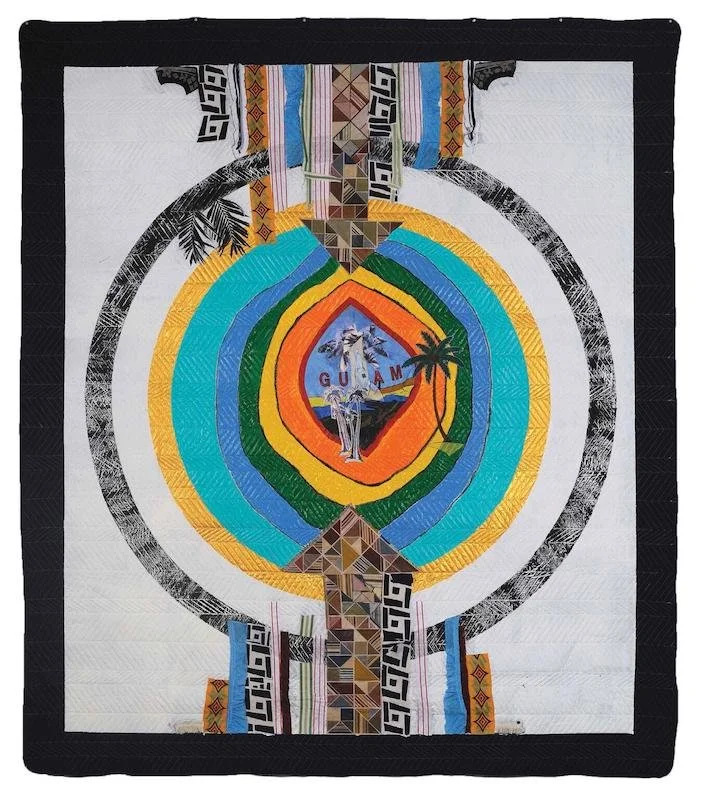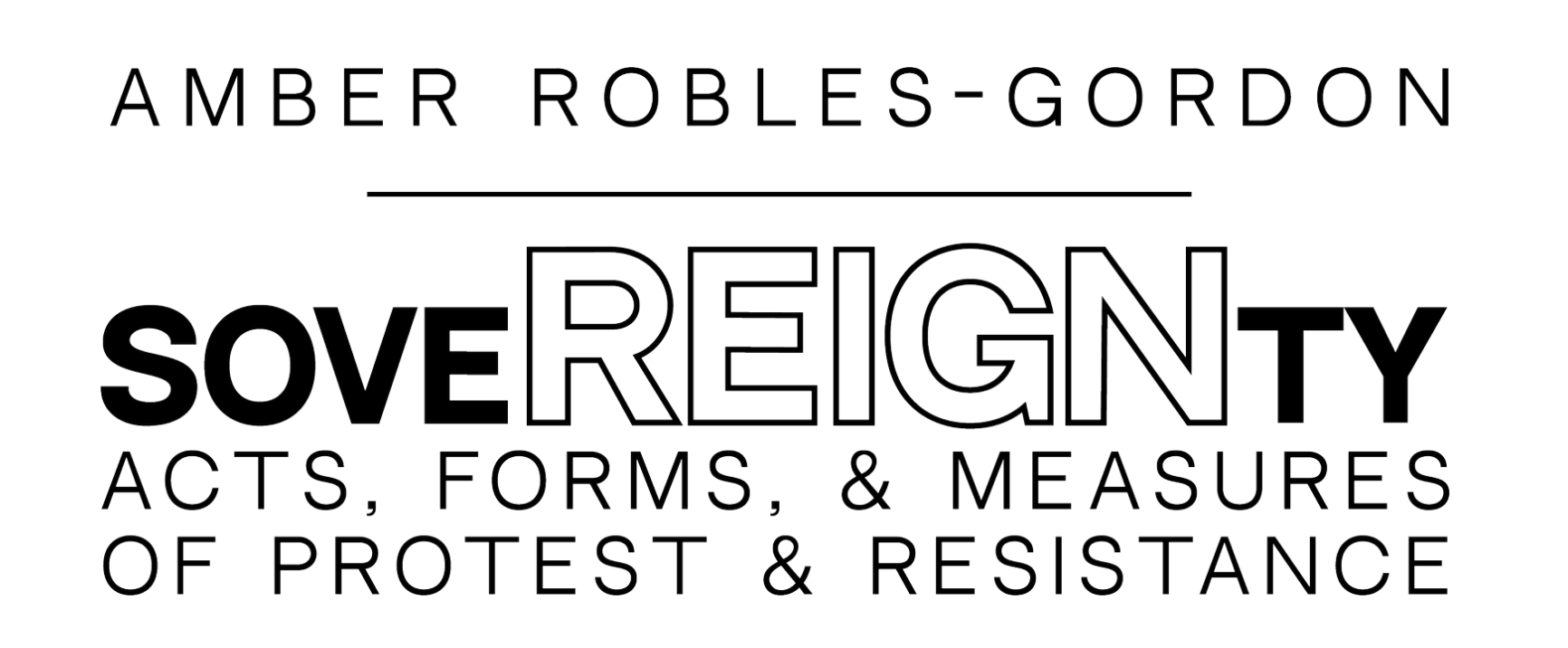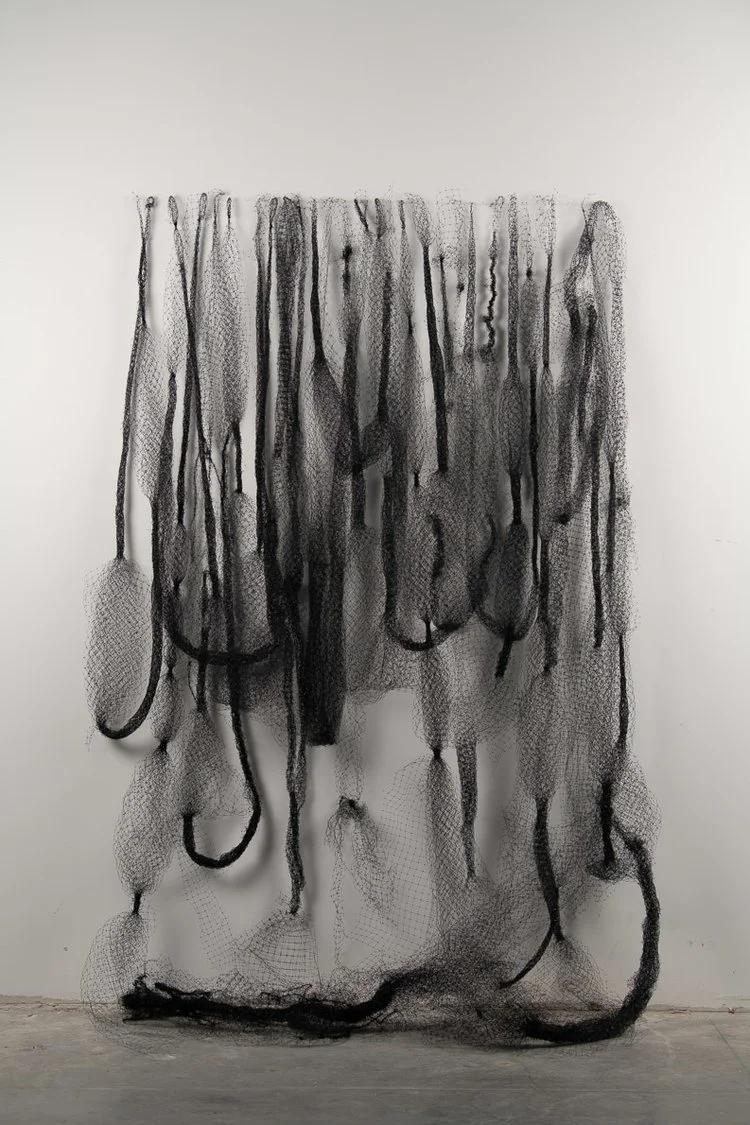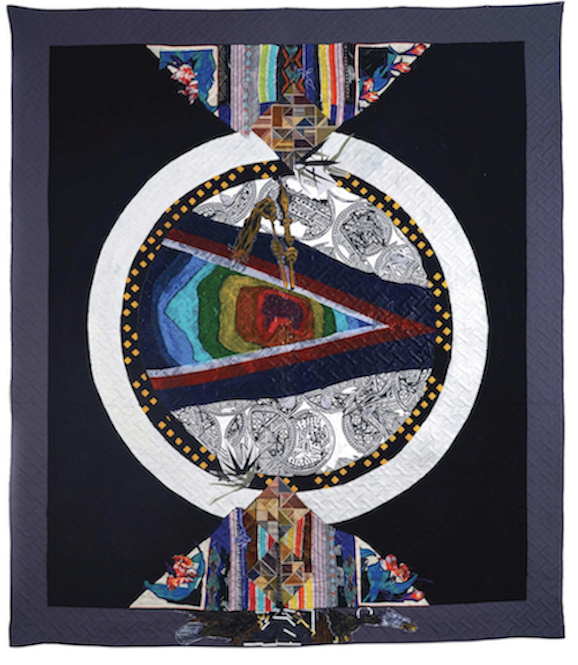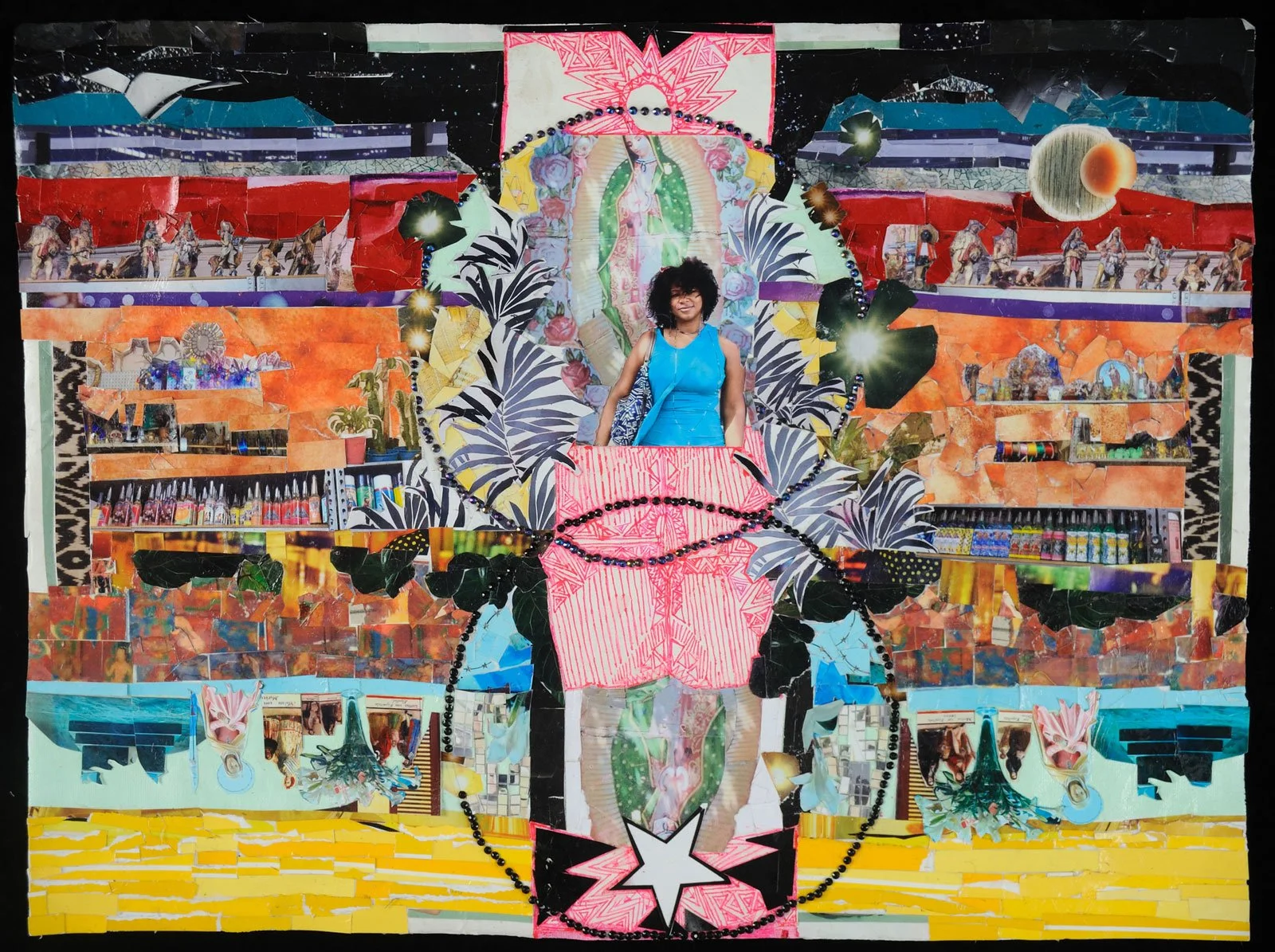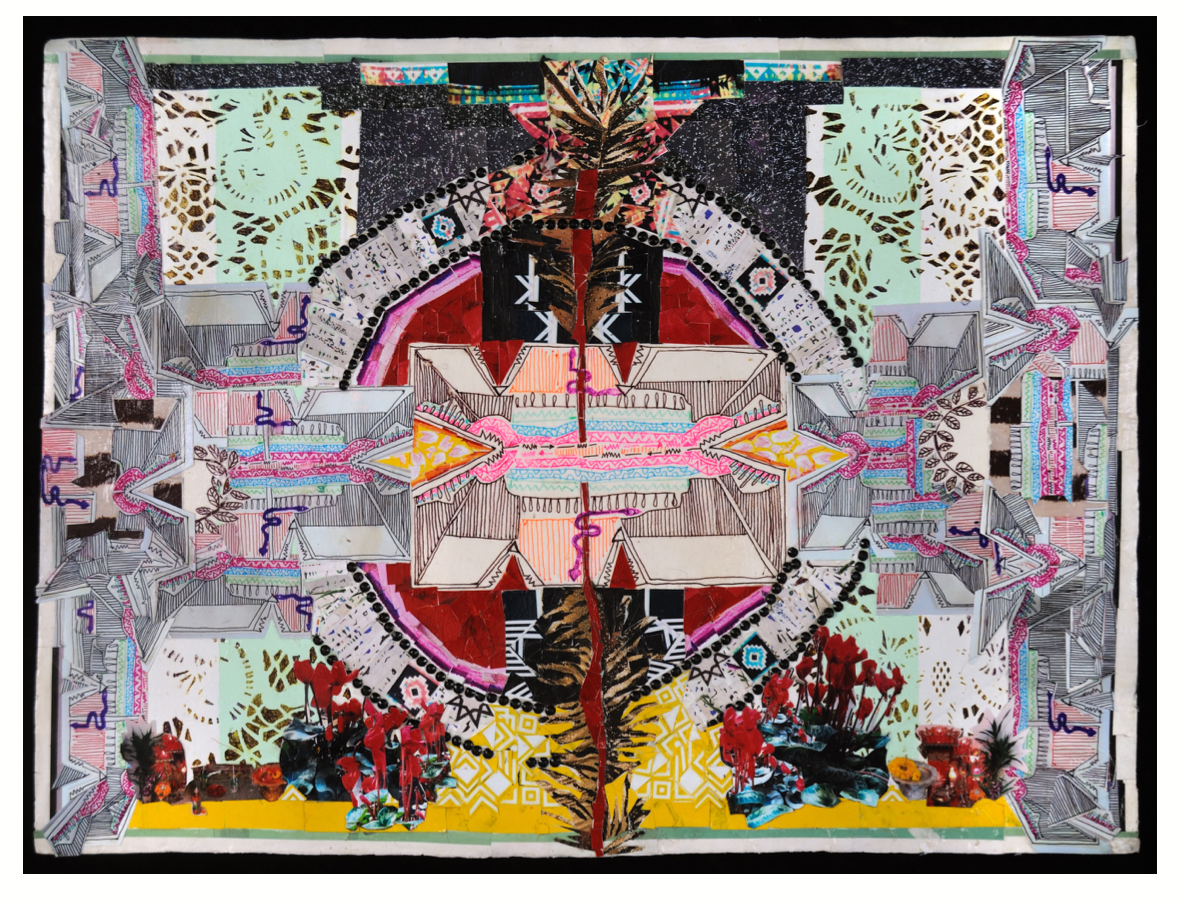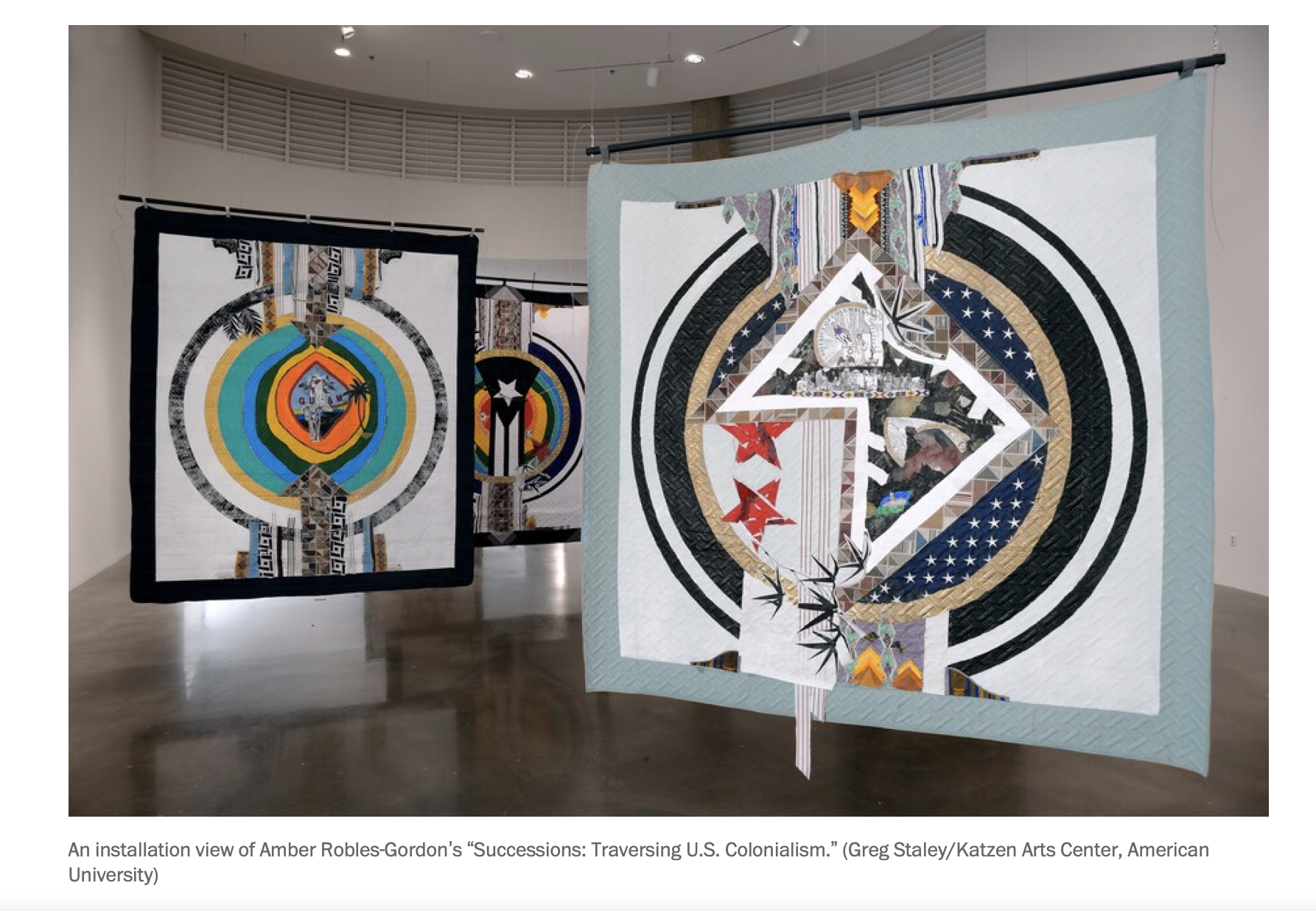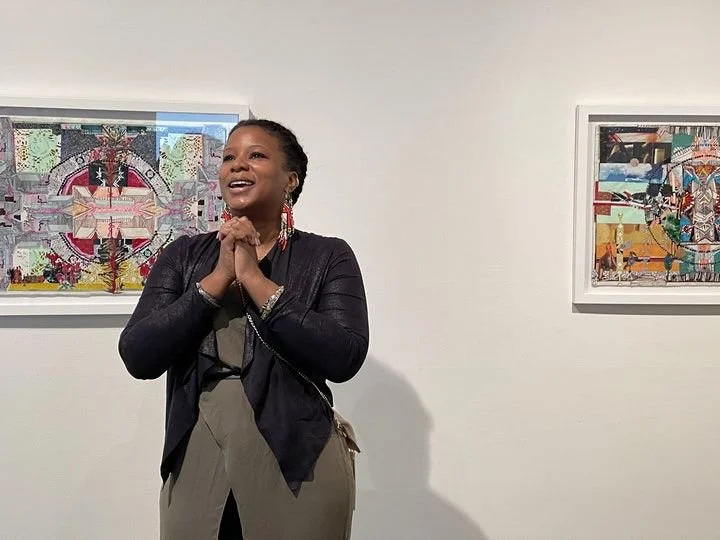Date: February 17, 2022
This panel is devised around the work of Carribeanist scholars and thinkers, Edouard Glissant and Sylvia Wynter. Both articulate a desire to conceive of other worlds through a reconsideration of diasporic time, space and territory, and the opacities of history. Or, as artists we ask through their theoretical frames; how do you mark a territory to something that is a void, or an abyss, or unspeakable, or mistaken as a thing? Through studio practices, which include mixed-media, drawing, time-based works and performance, we consider in an open sense, historical recovery as sites of intervention, provisionality, and play, holding space for the language of transparency and opacity emergent in Black aesthetics.
The roundtable puts to use this year’s convening of Black Portraiture and the capaciousness of play. Play then, to use the words of Stuart Hall, becomes a mode to consider Black diaspora being, refusal and resistance with no guarantee. Hall notes on play with no guarantee,
“Far from being eternally fixed in some essentialized past, they are subject to the continuous “play” of history, culture and power. Far from being grounded in mere “recovery” of the past, which is waiting to be found, and which when found, will secure our sense of ourselves into eternity, identities are the names we give to the different ways we are positioned by, and position ourselves within, the narratives of the past” (Hall 2000, 23).
Thus, we conceive of this roundtable on play with no guarantee in manifold ways. Some negotiate historical counternarratives through the afterlife of the archive, while others meditate on materiality and matter as psychic scaffolding and memory work.
Bios
Alex Callender’s practice uses methods of drawing, painting, and installation to trace and remap historical materials as a means to explore with both criticality and care, how we might disentangle the interwoven relations of race, gender, and capitalism. Callender is an Assistant Professor of Art at Smith College.
Amber Robles-Gordon, is a mixed media visual artist. Her creations are visual representations of her hybridism: a fusion of her gender, ethnicity, cultural, and social experiences. Known for recontextualizing non-traditional materials, her assemblages, sculptures, installations emphasize the essentialness of spirituality and temporality within life. Robles-Gordon, received a Bachelor of Science, Business Administration from Trinity University, and a MFA from Howard University.
Nyugen E. Smith (USA, Haiti, Trinidad and Tobago) is a first-generation Caribbean-American interdisciplinary artist based in Jersey City, NJ. Through performance, found object sculpture, mixed media drawing, painting, video, photo and writing, Nyugen deepens his knowledge of historical and present-day conditions of Black African descendants in the diaspora. He holds a BA, Fine Art from Seton Hall University and an MFA from The School of the Art Institute of Chicago.
Sarah Stefana Smith is an interdisciplinary scholar and visual artist. Their sculpture and installation work explores the intersection of repair and disrepair. Their research communicates between the fields of Black art and culture, queer theory and affect studies, visuality and aesthetics. Smith is an Assistant Professor of Gender Studies at Mount Holyoke College.
https://www.blackportraitures.info/bp7/event/marking-territory-in-the-void/

